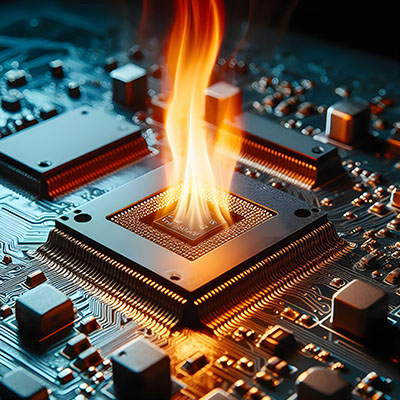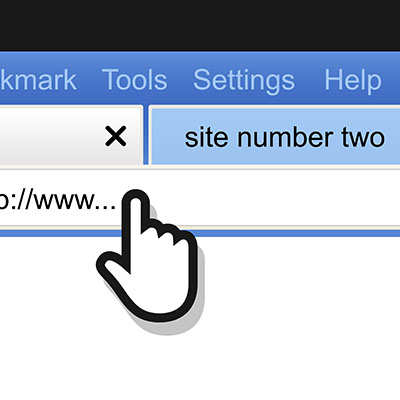Your computer has a brain, of sorts, in its CPU… a tiny square that literally enables everything the device does, as it processes billions of instructions at a time. Of course, to support this on such a relatively tiny piece of hardware, most CPUs are packed with microscopic transistors—these transistors being small enough to fit hundreds on a single blood cell. As you might imagine, this means things can go wrong pretty easily… and gone wrong, things have. Many newer computers are suffering from a bug that could cause permanent damage to the CPU… and if you don’t take steps fast, it could be too late.
With little fanfare, the AI Wars have begun. When we say “war” we mean just that: a battle for the survival of tools designed to improve human productivity. To start we should rewind a little. Most new software platforms (and many, many established ones) have started to use “artificial intelligence” to improve their products, or at least improve the prospect of selling them. In this week’s blog we will discuss the increased prevalence of “AI” and how some of the largest names in computing have gone all in on the technology.
How can you know when your organization should upgrade its technology infrastructure? The truth is that it’s not always immediately obvious when you should do so, as there are countless factors in play to consider at any given time. Today, we want to help your business determine when to bite the bullet and upgrade your technology.
The use of technology is one of the things that brings most people together. For the past couple of decades people have depended more and more on technology as a way to manage their lives, socialize, and get the goods and services they choose to purchase. This has led to the development of a lot of solid technology-related television shows. In this week’s blog, we thought we would take a look at three shows that cover multiple genres that are solid viewing for the technology enthusiast.
Magnets are often portrayed as the bane of technology’s existence, especially in media where data must be scrubbed from devices through the use of a magnet. How true is this representation of the relationship between magnets and technology? We’ll examine this in today’s blog article.
It’s easy to open up far more tabs on your web browser than you need, especially when so many tools are cloud-based. If you find yourself in need of a quick way to close all other tabs besides a handful or so, we’ve got just the tip for you. You can close all open tabs to the right of your preferred window, or you can close all tabs outright.
Regularly, when a business is searching for ways to move their operations forward, there is a little hand wringing on how to do so. Every decision your business has to make comes with a price tag, and the more that you can do without spending a lot of money, the more value you are going to see. For this week’s blog, we thought we’d take a look at some actions you can take with your technology to ensure that your business is going in the right direction.
Computers allow businesses to do so much, but eventually a time comes to purchase new hardware. Thankfully, you can stave off this need pretty well by simply taking care of your existing technology. Here are some tips you can implement to make sure that your computer lasts as long as possible before it kicks the bucket.








